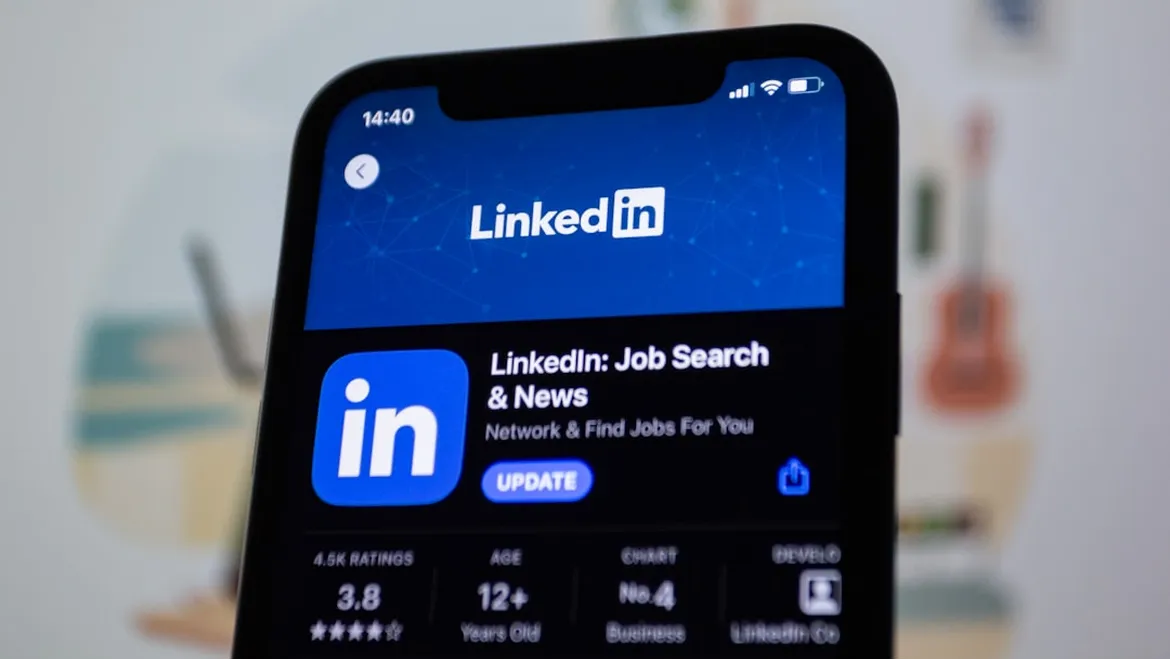Right, so I recently took on a pretty interesting project: figuring out the best way to ethically scrape LinkedIn for lead generation. It’s a bit of a tightrope walk, this whole data enrichment thing, but the potential payoff for targeted outreach is huge. I wanted to share my experience, focusing on tools that prioritise compliance and deliver quality data. Forget the old-school methods that risk getting your account flagged; we’re talking sophisticated, ethical approaches here.
The Ethical Scraping Landscape: My Starting Point
First things first, understanding the landscape. LinkedIn’s Terms of Service aren’t exactly light reading, but crucial to adhere to. I quickly realised that ‘scraping’ has a bit of a bad reputation for a reason. The goal is to extract publicly available information without overloading their servers or violating user privacy. Think of it as politely gleaning information, not aggressively hoarding it.
I looked at several tools, assessing them across three key areas: compliance features (were they actively respecting rate limits and LinkedIn’s rules?), data accuracy (how clean and reliable was the information?), and ease of use (because nobody wants to spend hours wrestling with complicated software).
Tool Selection: A Compliance-First Approach
I narrowed my options down to a few tools that explicitly advertise ethical scraping practices. Some offer features like randomised request intervals, proxy server integration (to mask your IP address and avoid detection), and automatic CAPTCHA solving. These are all essential for staying under LinkedIn’s radar. I won’t name specific brands here (that felt too much like an advert), but do your research and look for those key features. Pay close attention to user reviews and check independent comparisons.
I also investigated the data quality. Some tools scrape everything and the kitchen sink, leaving you with a ton of irrelevant information to sift through. Others offer more granular targeting and data filtering, allowing you to extract precisely what you need. I found the latter to be far more efficient, even if it meant paying a slightly higher price.
Enriching CRM Data: The Power of Personalisation
Once I had a decent dataset of potential leads, the real magic began: CRM data enrichment. This is where the ‘ethical’ part truly shines. Instead of blindly blasting out generic sales emails, I could now tailor my outreach based on specific interests, skills, and connections.
For example, say I’m targeting marketing managers in the tech industry. With the scraped data, I can identify those who are active in specific LinkedIn groups, who have recently shared relevant articles, or who have worked on similar projects in the past. This allows me to craft a personalised message that resonates with their individual needs and interests.
Engagement Strategy: Thinking Like a Human
But gathering the data is only half the battle. You need to use it intelligently. This means understanding your target audience and engaging with them in a way that adds value. Think about contributing to their conversations, sharing relevant content, and offering genuine help. Avoid spamming or being overly promotional. The goal is to build relationships, not just make a quick sale.
I started by identifying key influencers and thought leaders in my target industry and then began commenting on their posts, sharing my own insights, and engaging in thoughtful discussions. This not only increased my visibility but also helped me understand the challenges and opportunities facing my target audience.
I then used the data to identify potential leads who were actively looking for solutions related to my products or services. Instead of sending a cold sales email, I reached out with a personalised message offering helpful advice or resources. This approach was far more effective in generating leads and building relationships.
The Importance of Due Diligence
It’s also vital to regularly review and update your scraped data. People change jobs, companies evolve, and information becomes outdated. Keeping your CRM data fresh and accurate is essential for maintaining the effectiveness of your outreach efforts.
Furthermore, always double-check the information you’ve scraped against other sources. Human error happens, and data scraping tools aren’t perfect. Verifying the accuracy of your data will help you avoid embarrassing mistakes and maintain your credibility.
By carefully selecting compliance-focused tools, focusing on data accuracy, and prioritising genuine engagement, you can unlock the power of LinkedIn for ethical lead generation. It’s about building relationships, understanding your audience, and adding value, not just scraping data for the sake of it. That, in my experience, is where the real success lies.











